My hometown.. Ypres
Welcome to Ypres!
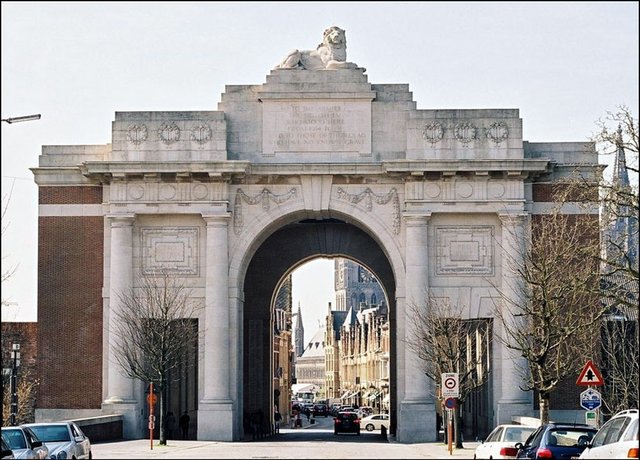
The magnificent view you have when entering the city. (Menin Gate)
Basic Information:
- inhabitants: +/- 35000
- Region: Flanders
- Languages: primarily Flemish (dialect of Dutch)
History
Ypres was first mentioned by name in 1066 and is probally named after the river Ieperlee on the banks of which it was founded.
During the Middle Ages, Ypres was a prosperous Flemish city with a population of 40 000 in 1200 AD, renowned for its linen trade with England.
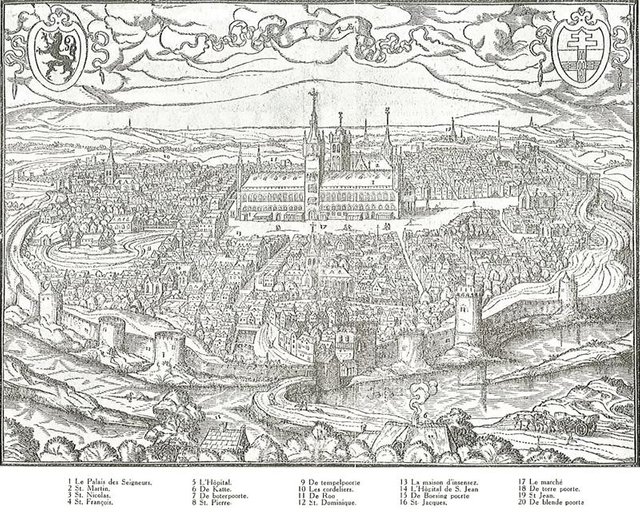
As the third largest city in the County of Flanders (after Ghent and Bruges) Ypres played an important role in the history of the textile industry. Textiles from Ypres could even be found in the markets of Novgorod in Kievan Russia in the early 12th century.
The famous Cloth Hall was built in the thirteenth century. During this time cats, then the symbol of the devil and witchcraft, were thrown off Cloth Hall. Possibly because of the belief that this would get rid of evil demons. This act is commemorated with a triennial Cat Parade through town.
First World War
Ypres occupied a strategic position during the First World War because it stood in the path of Germany's planned sweep across the rest of Belgium and into France from the north.
The neutrality of Belgium was guaranteed by Britain; Germany's invasion of Belgium brought the British Empire into the war. The German army surrounded the city on three sides, bombarding it throughout much of the war. To counterattack, British, French, and allied forces made costly advances from the Ypres Salient into the German lines on the surrounding hills.
There were four major battles for Ypres, with the third battle to be the most infamous, also known as the Battle of Passchendaele. (I will do a post about this battle in the future)
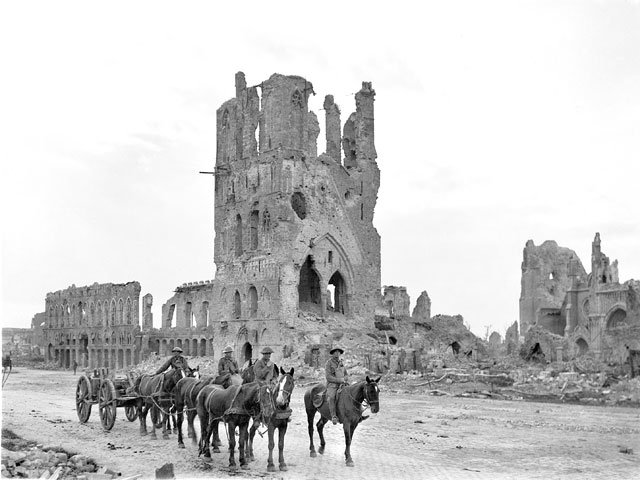
the ruins of Ypres after the First World War.
Ypres today
After the war the town was rebuilt using money paid by Germany in reparations, with the main square, including the Cloth Hall and town hall, being rebuilt as close to the original designs as possible (the rest of the rebuilt town is more modern in appearance).
The Cloth Hall today is home to In Flanders Field Museum, dedicated to Ypres's role in the First World War.
Ypres these days has the title of "city of peace" and maintains a close friendship with another town on which war had a profound impact: Hiroshima. Both towns witnessed warfare at its worst: Ypres was one of the first places where chemical warfare was employed, while Hiroshima suffered the debut of nuclear warfare.
Ypres hosts the international campaign secretariat of Mayors for Peace, an international mayoral organization mobilizing cities and citizens worldwide to abolish and eliminate nuclear weapons by the year 2020.
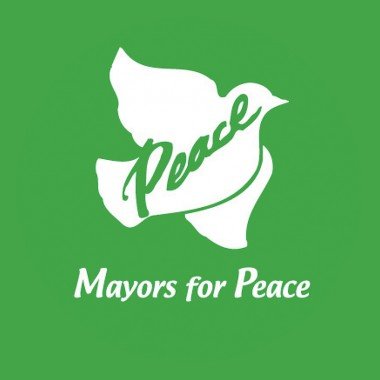
Sights
Town Centre
The imposing Cloth Hall was built in the 13th century and was one of the largest commercial building of the Middle Ages. The structure which stands today is the exact copy of the original medieval building, rebuilt after the war. The whole complex was designated a World Heritage Site by UNESCO in 1999.

The Gothic-style Saint Martin's Cathedral, originally built in 1221, was also completely reconstructed after the war, but now with a higher spire. It houses the tombs of Jansenius Bishop of Ypres and father of the religious movement known as Jansenism and of Robert of Bethune, nicknamed "The Lion of Flanders", who was Count of Nevers and Count of Flanders.
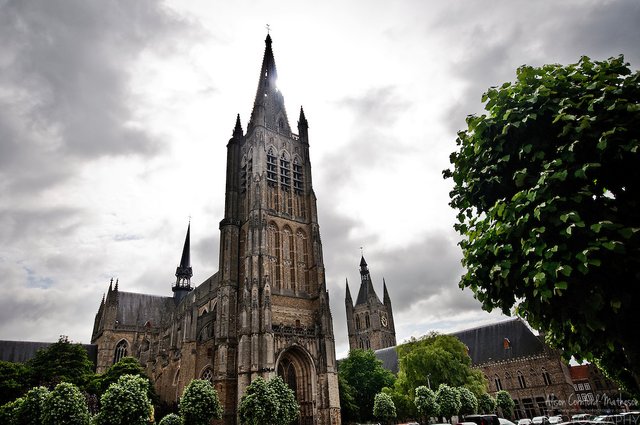
Menin Gate
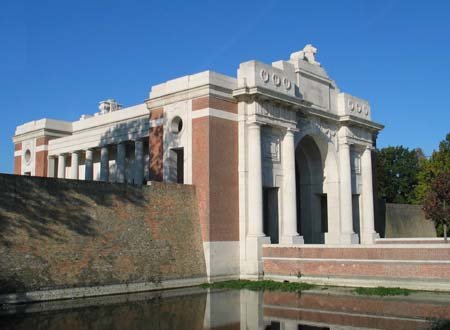
The Menin Gate commemorates those soldiers of the British Commonwealth - with the exception of Newfoundland and New Zealand - who fell during The First World War and have no known grave.
The city of Ypres still pay tribute to the many fallen soldiers by organizing The Last Post everyday at 20 pm. The Fire fighters of Ypres are responsible for the trumpets, they have been doing this since 1928.
<iframe width="560" height="315" src="
Events
The Cat Parade
This parade takes place every three years on the second Sunday of May. It involves the throwing of stuffed toy cats from the belfry and a colourful parade of cats and witches along with the history of Ypres. The next Cat Parade takes place on 13 may 2018.
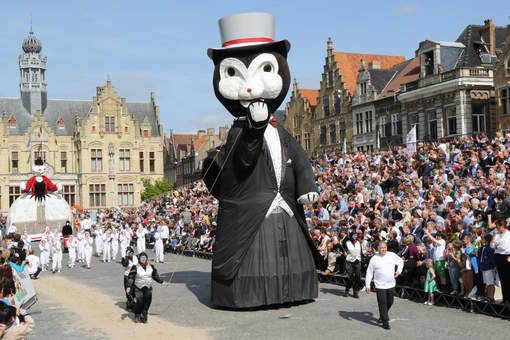
Ypres Rally
Ypres is also famous among the rally fans, since its creation in 1965.
Ieperfest
During the last weekend of August each year, Ypres hosts Ieperfest, one of the biggest European festivals in the hardcore punk subculture.
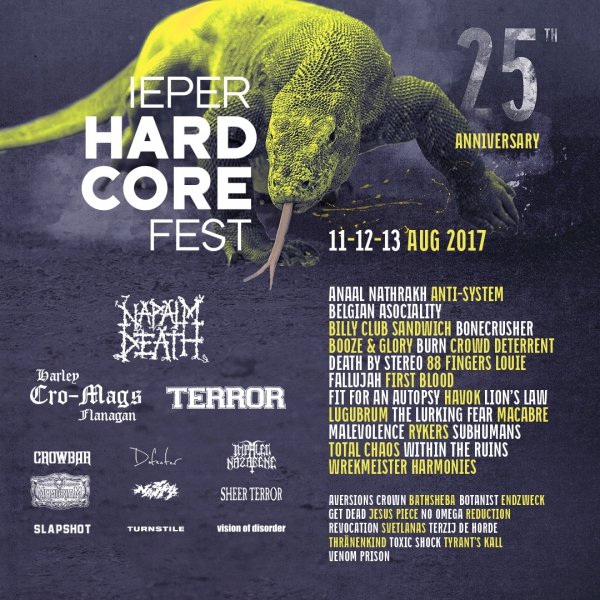
Ypres is a great city to live in, altough there aren't many inhabitants. Ypres still has many activities to keep the people busy!
I hope you have learned something about my hometown! Feel free to leave a comment!
Greetings
Xander F.
Such a beautiful and historic hometown. Thanks for sharing also.
Thanks man, glad I joined the facebook group!